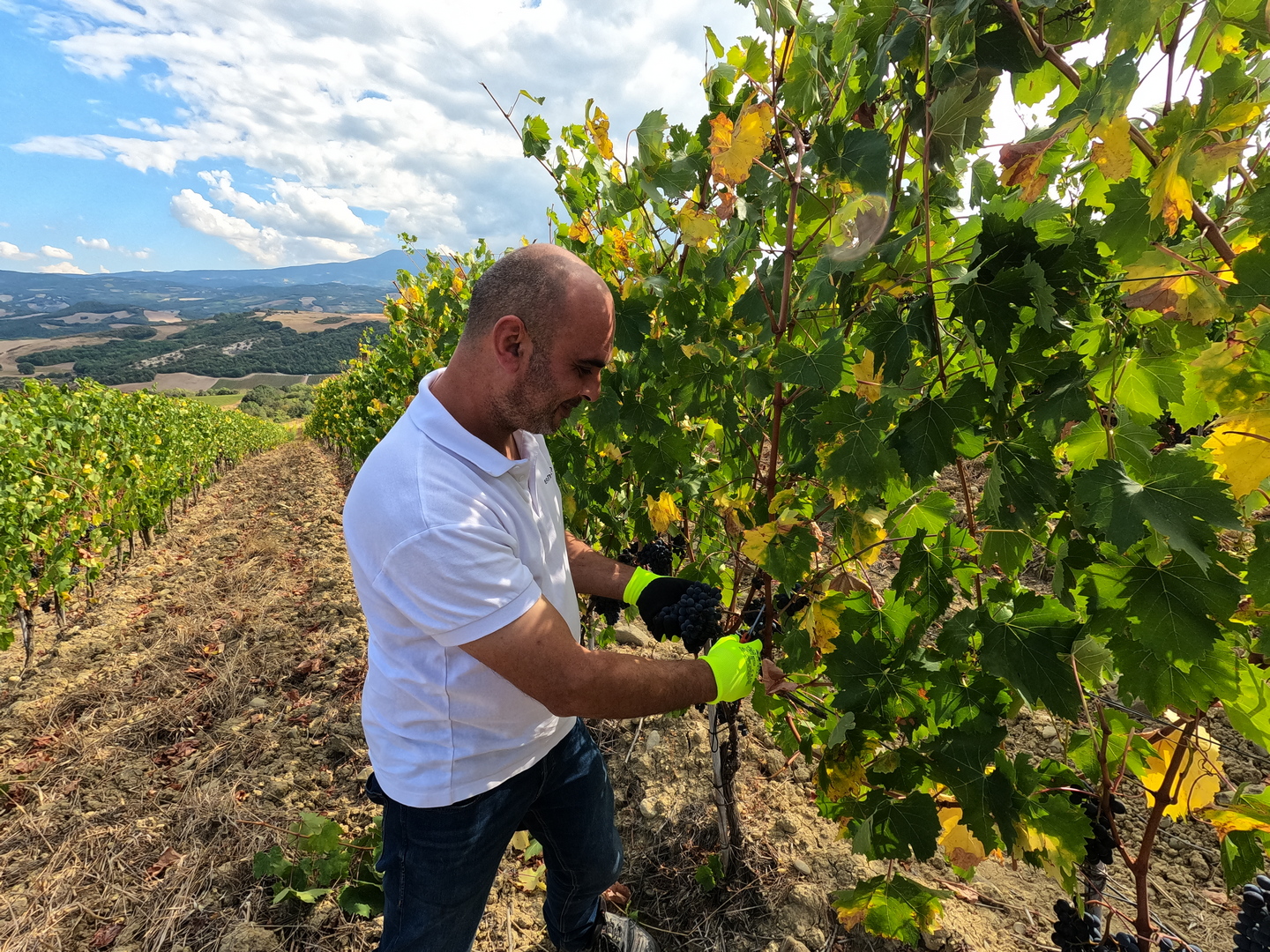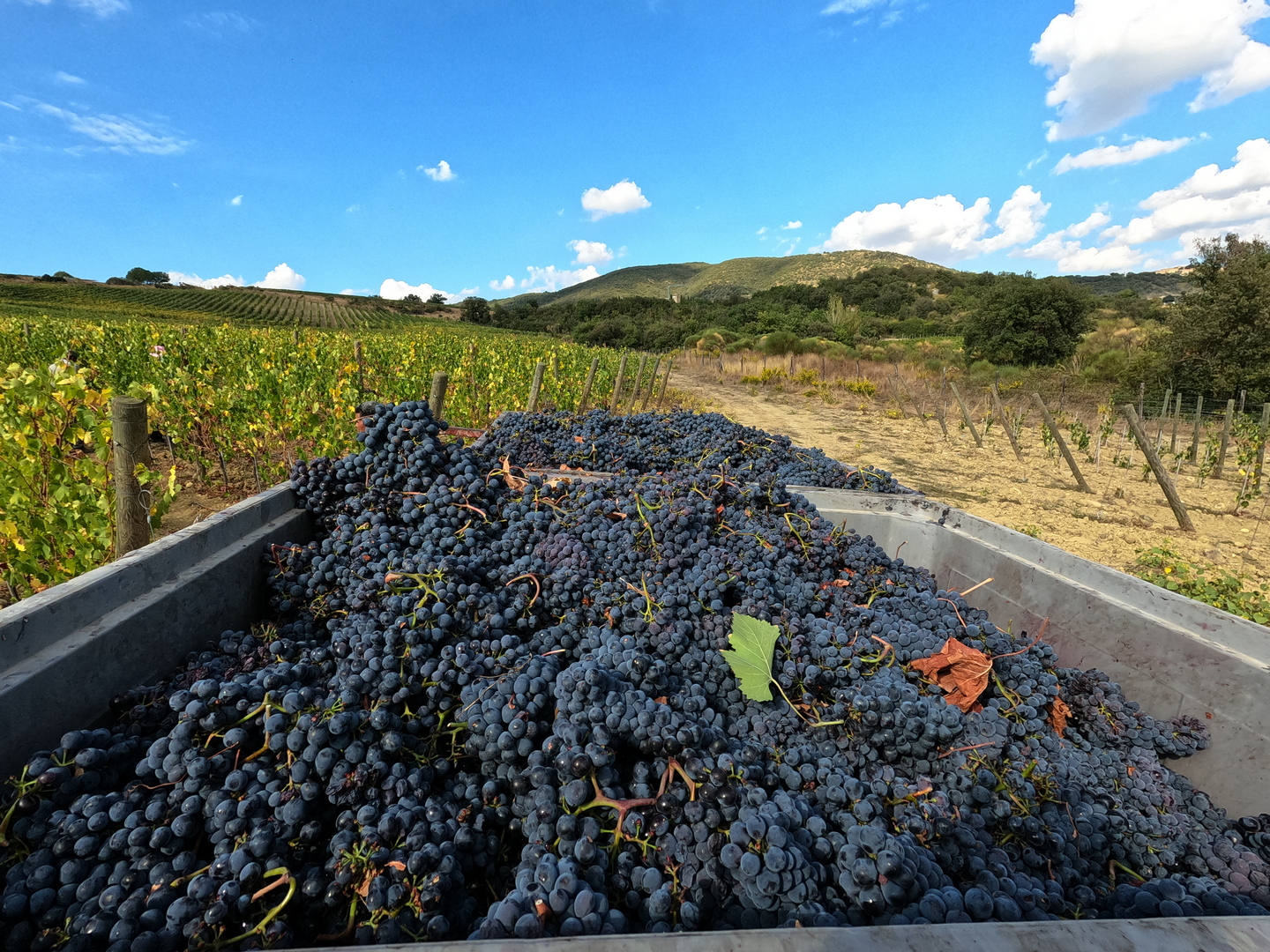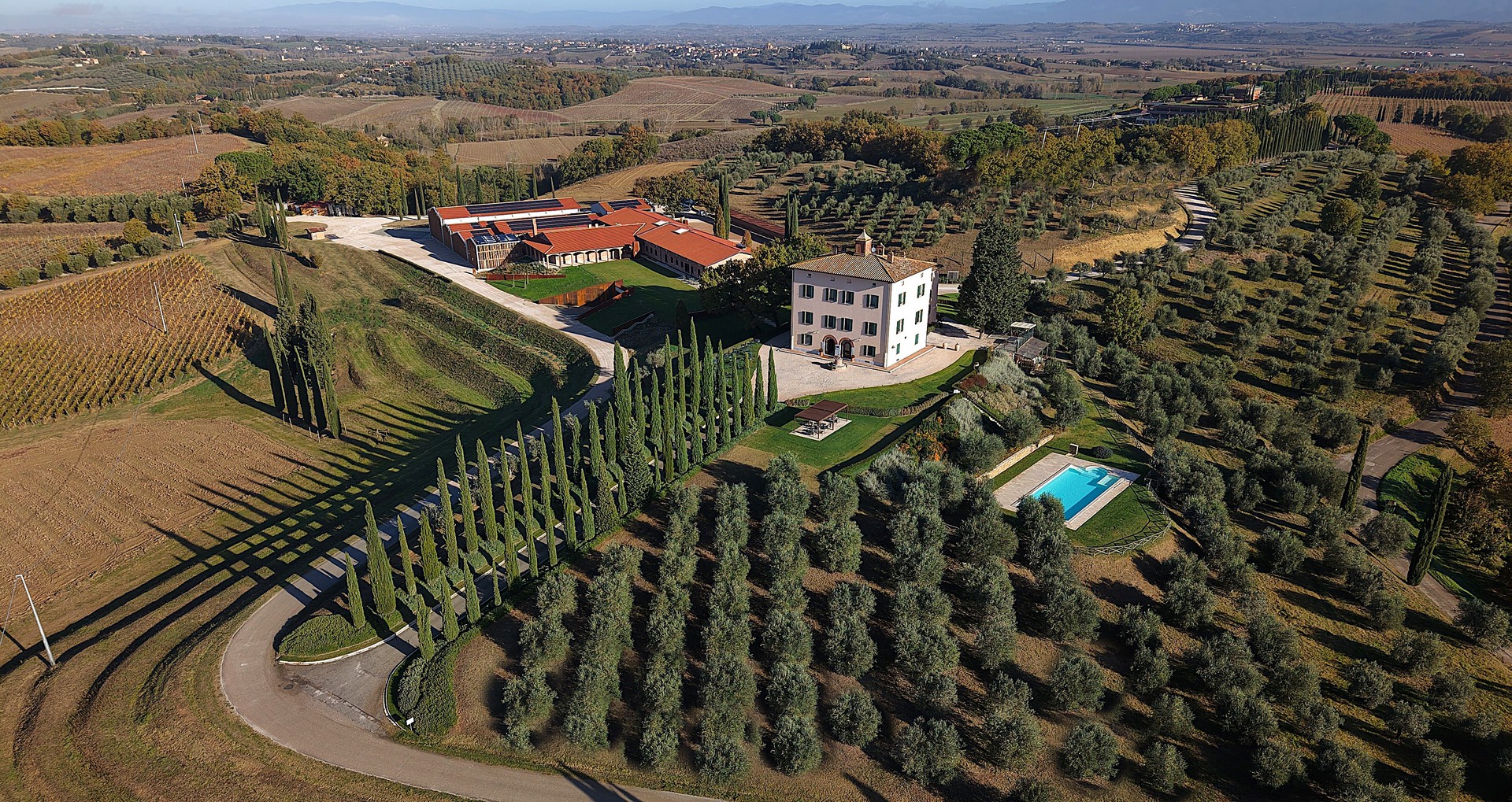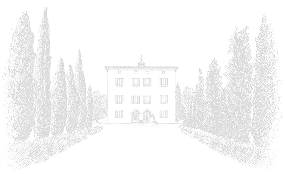Cutting-edge technology for Tenute del Cerro: the automatic optical sorter feauturing artificial intelligence
-
September 12, 2025min
In recent years, the wine field has also begun to experiment with innovative tools that exploit artificial intelligence: from vineyard monitoring systems to software for analysing agronomic data, to new technologies in the winery. The goal is the same: to improve product quality, optimize processes and support companies in an increasingly competitive production environment.
Tenute del Cerro is also moving in this direction, having introduced a latest-generation machine at Fattoria del Cerro: an automatic optical sorter with artificial intelligence. This technology, which is only available in a few wineries worldwide, allows for rapid, precise and customised grape selection. ‘This is a latest-generation machine that we installed last year at Fattoria del Cerro and began using with the 2024 harvest,’ says oenologist Emanuele Nardi, whom we interviewed to learn more about this innovation.
The tradition of manual selection
To understand the significance of this innovation, we need to take a step back and explain how the selection process has always been carried out.
‘There are various methods for selecting grapes,’ Nardi begins to explain. “Normally, these are manual methods: the first stage takes place in the vineyard, where unsuitable bunches are discarded.
Subsequently, in the cellar, before destemming, i.e. the process of separating the grapes from the stalks, specialized operators remove any parts that are still unsuitable. There is also a third selection phase, which takes place after the grapes have been destemmed, so no longer in whole bunches, ‘continues the oenologist. In practice, the grapes are placed on sorting tables that move them forward slowly, and once again the operators select them manually, grape by grape: ’It’s a very precise method, but it requires a lot of staff and a lot of time.”
The limit, in fact, is production capacity: “The manual selection tables can handle a maximum of around 20 quintals per hour. This means that in an eight-hour day, if all goes well, around 160 quintals of grapes can be selected. But a farm like Fattoria del Cerro receives as much as 500-600 quintals per day during the harvest: it is beyond clear that technological support is needed.”

The arrival of optical sorters to improve selection
The answer to this need came with optical sorters: ‘These are machines that look at the grapes. They take a snapshot of the berries as they pass by and, based on the parameters set, discard or select them,’ explains Nardi. Until a few years ago, however, the system was still based on high-speed cameras: ‘The machine took a photo, analysed the colour, shape, size and chlorophyll content, but there weren’t many selectable parameters; it was a more mechanical process.’
With the introduction of artificial intelligence, the leap has been radical: “The big difference is that today the machine learns by itself. The operator shows it which grapes to keep and which to discard, and it learns the programme to use, i.e. how we want the selection to be made. It calculates a logarithm that will calibrate all the sensors, so that it can decide whether a grape is suitable or not. Each variety has its own “recipe”: hand-picked Sangiovese is not the same as machine-picked Merlot, so each case requires a specific set of parameters. ‘Nardi describes the process in detail: ’The grapes arrive on the conveyor belt in a single layer, because the system needs to see them clearly, and it rotates at a sustained speed. Once analysed, the deemed suitable grapes travel through the air and end up in the hopper that takes them to the cellar. Those to be discarded are intercepted by a stream of air that diverts them into a special container. It is a very simple technology in principle, but sophisticated in its execution.”
A technology for the future
The result is precision that surpasses the human eye. ‘With this technology, the selection is probably even better than manual selection,’ admits Nardi. ‘I worked for many years in Montalcino with six operators on the sorting tables, but it is inevitable that something will slip through the cracks. The machine achieves a selection quality of around 90%, so it’s able to see even better than the human eye.’
The automatic optical sorter is therefore a strategic investment: “Our goal is to process all the grapes that come into Fattoria del Cerro. Looking ahead, we are also considering installing a smaller one in Poderina, Montalcino, within the next three years. It is clear that these are expensive technologies, which only make sense in companies with adequate volumes and the capacity to support them, but for businesses like ours, they are valuable tools.” The winemaker’s expectation is to have grapes in the cellar that are as healthy as possible, as ripe as possible, in short, the best in every way.
For Nardi, however, true innovation lies in customisation: ‘You give the machine the recipe it sets using artificial intelligence. So yes, the machine basically does the work for you, but the parameters are still decided by the technician. It is always human intelligence that guides artificial intelligence.’ And this is precisely where, according to the oenologist, the balance between man and machine comes into play: ‘A machine that tastes grapes or wine and tells you what emotions it can evoke does not yet exist. Data analysis is fundamental and extremely fast, but emotions remain the prerogative of human beings. And for us, in wine, they are the most important part.’


Fattoria del Cerro
Fattoria del Cerro, located in Montepulciano (Acquaviva), in the province of Siena, extends over 600 hectares of property, of which 181 are vineyards. With its 93 hectares registered in the Vino Nobile register, it is the largest private producer of Vino Nobile di Montepulciano.

{title}
{description}